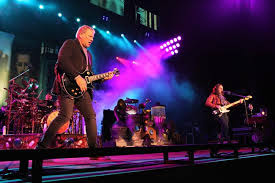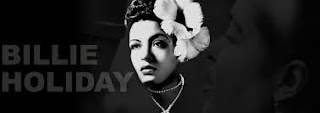Christmas came early for me when the new Southern
Music issue from the Oxford American arrived. I confess that the last
few compilations had seemed a little uninspired to me but this year’s salute to Tennessee had me at the first cut: "That’s How I Got To Memphis” by Sid Selvidge.
We shouldn’t be surprised that the Volunteer State
represents the mother lode of American music but seldom has it been mined so
intelligently and the hidden gems so burnished. The stars are here on Disc One:
Charley Rich, John Hartford, Emmy Lou, Bob Dylan, and of course Johnny Cash and
Elvis Presley. Cash’s voice is haunting on “Monteagle Mountain,” as it seems to reverberate through an
empty train station. Presley’s recording of the gospel song, “Known Only To
Him,” is a nod to the Statesman Quartet and the arranger Jake Hess. Hess later sang the song at Elvis’
funeral. Another spiritual, “Ain’t No Grave Can Hold My Body Down,” was
performed by the Fisk University Jubilee Singers at Johnny Cash’s funeral in
2003.
It’s not all mournful music
(although the blues runs through everything like the Tennessee River). Big Maybelle kicks it up a notch with
“One Monkey Don’t Stop No Show” and Bessie Smith’s “Need A little A Little
Sugar In My Bowl” made my wife blush. That was 1931. Ten years later Sleepy
John Estes wrote a tribute to an attorney, “Lawyer Clark Blues,” with this
great line: He say if I just stay out of the grave, he see that I won't go to the pen.
The magazine provides the liner notes or the CD with some fascinating
trivia. Before John Buck Wilkin recorded his first solo album in 1970, he had
been Ronnie of Ronnie & the Daytonas (“Little GTO”) and his mother was
Marijohn Wilkin who wrote “Long Black Veil.”
Bobby Hebb who wrote (and performs) “Sunny,” once played
spoons at the Grande Ole Opry behind Roy Acuff.
There is a great story behind every track or artist,
including a new release done especially for this CD by Buddy and Julie Miller
with the McCrary Sisters. “Something Within” is a gospel song written by Lucie Campbell in 1919.
I am not sure that copies of the two-cd set are available
other than through a subscription to the magazine. Their website at www.oxfordamerican.org. may provide
some further clues.
TV SOUNDTRACK NOTE: The December 8 episode of Showtime’s, “Masters of Sex,” ended
with a song and clever twist. In the final scene, Virginia Johnson is singing,
“You Don’t Know Me,” in a make-your-own-record booth at a county fair. (The
classic by Eddy Arnold and Cindy Walker was a huge hit for Ray Charles.) But at
the end when the screen goes to black, you hear the slow click…click…click of a
needle circling the inside and last cut of a vinyl record. It’s the only sound
as the credits roll.
















































